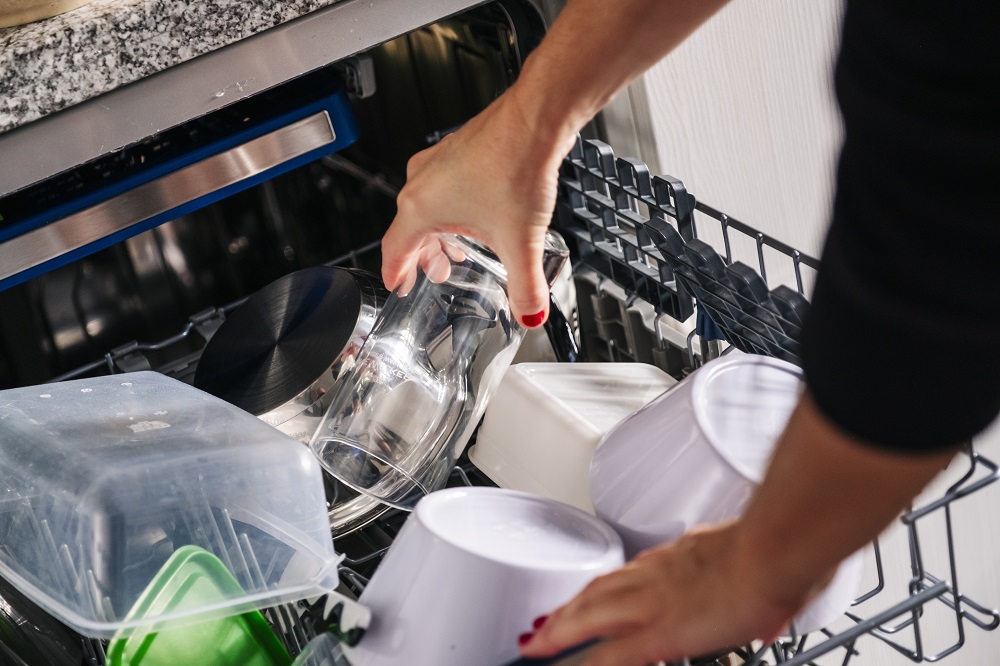What’s a place setting in a dishwasher?
When it’s time to buy a new dishwasher you will often see “place settings” as part of the product description, but what does a place setting mean?
You want to choose the right dishwasher for your needs with the right capacity, bearing in mind the space you have available in your kitchen or utility room. So, the idea of place settings as a measure has been developed by the manufacturers to give you a idea of what your dishwasher will cope with in terms of crockery and cutlery.
The Association of Home Appliance Manufacturers advise that one place setting comprises:
- large dinner plate
- small plate
- cup
- saucer
- bowl
- drinking glass
- Cutlery: knife, two teaspoons, dinner folk, small salad fork
Some manufacturers in the UK mention utensils and more cutlery but broadly a place setting will cover 10 items. This gives you an idea of how many items you should be able to fit in your dishwasher.
Many place settings
In fact, a few manufacturers will talk about the number of items that you can wash in one cycle, but they’re all based around the idea of that list. It’s true that we’re very unlikely to have a load of place settings with exactly every item named! But we’ll have a good idea of how much our dishwasher can cope with.
Dishwasher capacities range from 10 to 16 place settings – so that would translate to between 100 to 160 items of varying shapes and sizes. Slimline machines will wash up to 100 items while compact models can be loaded with far fewer – four to six place settings at the most.
When purchasing a new dishwasher you want to get the right balance between energy efficiency, savings and the peace of mind that comes from a trusted quality brand that meets your requirements and space.
While place settings are a crucial element in the buying decision, you will also want to look at the range of wash cycles available. Dishwashers generally are less complicated than washing machines so have fewer programmes to choose from, so you would want to check that your model can handle a full load from the Sunday lunch, and a delicate cycle if you have crystal glassware.
After a big meal, with a lot of cookware like pots, pans, and baking trays to clean, you will have to juggle to find how much you can fit in for an effective wash.
Optimum capacity
Many have tines you can fold down to help you cope with all the dishes, frying pans and saucepans, Some dishwashers have folding tines in both top and bottom racks, while others give you just the one. You will also find that some models come with a cutlery tray to be used on the top rack, rather than the standard basket at the bottom which is a great help when you have unusually shaped dishes to wash.
The right choice in dimensions and place settings means you should have the optimum capacity that ensures you save energy and costs, while reducing your carbon footprint, bearing in mind that a fully loaded large dishwasher is going to be more efficient than a smaller model that you would have to run twice as much.
Full size freestanding dishwashers come in a standard width of 60cm, which will be fine for most kitchens and are designed for those who cook a lot of meals, or who slowly fill the dishwasher until full to wash in one go.
Slimline models help when you are tight on space, with average widths of 45cm – ideal for a smaller kitchen or studio flat. They should provide a good amount of place settings to cover everyday needs.

